sources
- Future of Food Webinars, University of British Columbia Faculty of Land & Food systems
- Trivette, Shawn A, ‘How local is local? Determining the boundaries of local food in practice’, Agriculture and human values (2015)
- Feagan, Robert, ‘The place of food: mapping out the ‘local’ in local food systems’, in: Progress in human geography 2007 (31-1)
boundaries are important
Concluding, nobody has a clear and concise definition of what a local food system is. There are different, complementary ways to create the boundary between local and non-local. These qualities may also differ in extent, e.g. a proximity of 50 versus 100 miles. Furthermore, these variables differ between different contexts as well. Local means something fundamentally different in highly populated areas compared to rural areas. This does by no means mean that an analysis of the term local food is senseless. Whatever way one looks at the issue, one aspect becomes very clear: a local food system must know boundaries. This may be the core difference from the global food system, which is able to provide all consumers with all products all the time.
sweet spot
Sometimes both types of boundaries are seen as contradictory. A farm that sells his produce directly to farmers in a small area, are not able to have many relationships with customers. Reversely a restaurant that sources from a lot of local farmers, must source in a bigger area. Trivette did a quantitative study in New England on farms, shops and restaurants that qualify themselves as local. He measured the geographical distance between various nodes in the food system and the amount of relationships they all had. He found that there appeared to be a ‘golden spot’ in which most nodes fell: a geographical radius of around 30 miles and five relationships.
local by relationship
Local does not only mean something in a geographical way, but also in a sociological sense. Local is conflated with the terms ‘community’ and ‘place’. A down-to-earth example is a farmer practicing community supported agriculture or selling his produce directly to the consumer. Less middlemen helps consumers to feel a stronger connection with the producer of their food. Sociologist Feagan describes a more abstract way of looking at this phenomenon: consumers are looking for ‘embeddedness’, a feeling of being connected to a place. This is often a reaction to globalisation, in which nothing is embedded to a single place. As Feagan says: “As vague as a place may be, it needs boundaries. These may be flexible or diffuse, but, by definition, they must exist. A place without boundaries is not a place.”
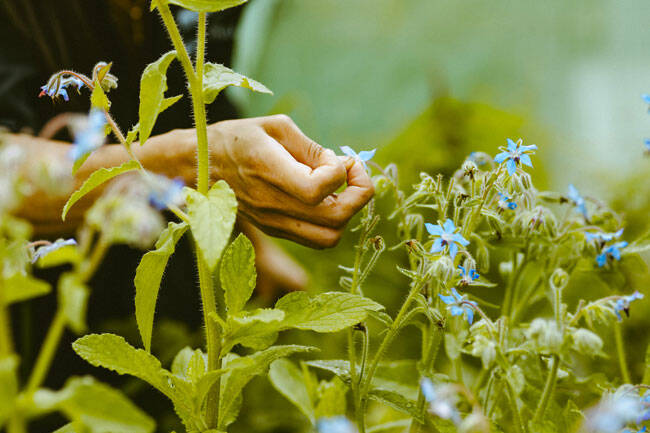
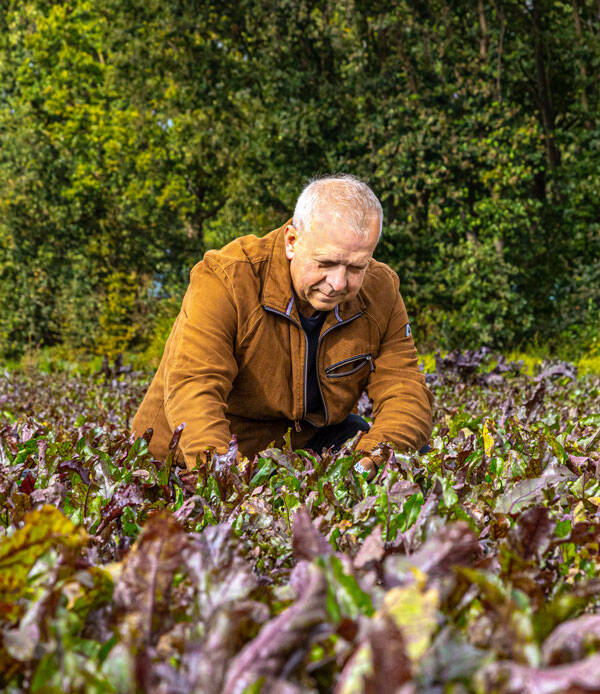
Besides, we sell most of our products locally and try to manage our waste locally too. This means that sometimes, our costs are higher than if we’d operate on the global market. We could buy some produce on the global market, but we choose to accept the price difference. Important aspects of this choice are quality control, sustainability and transportation, which causes greenhouse gas emissions. We feel we can best control the quality of the produce when the vegetables are grown close to our processing facility. In this way we can monitor the fields ourselves and build close relationships with our growers to work on improving quality and sustainability.
At the same time, way less greenhouse gas is emitted when the crops have to be transported within smaller distance. However, it is not possible for us to source more closely to the factory. In the radius of 125 kilometers, we find various soil types that are suitable for the different crops we use. It’s also important for us to plant crops in different regions, to minimize the risk of failed crops. The range of 125 kilometers is a balance between sustainability and risk spreading.” The availability of different soil types and microclimates. This may be a good indicator of what can legitimately be called ‘local’. Economist Barbara Baarsma, brings up a caveat for this approach. In various regions in the world, for example the so-called corn belt, there is no agricultural diversity left. Farmers in these areas grow monocultures for the global market. For residents of these areas, it may be very difficult to adopt a local diet.
local by proximity
Geographical proximity is a fairly straightforward and absolute way of measuring locality. The most common distance between producer and consumer is 100 miles. For HAK, a Dutch producer of canned and preserved vegetables, geographic proximity is a core value of their sustainability efforts. The company aims to source a minimum 85% of their produce from a radius of 125 kilometer (about 78 miles). Nicole Freid, Director of Innovation and Marketing, explains the company’s choice: “HAK is strongly committed to our sustainability goals. We source most of our produce locally and run experiments to grow crops here that traditionally don’t grow in the Netherlands.
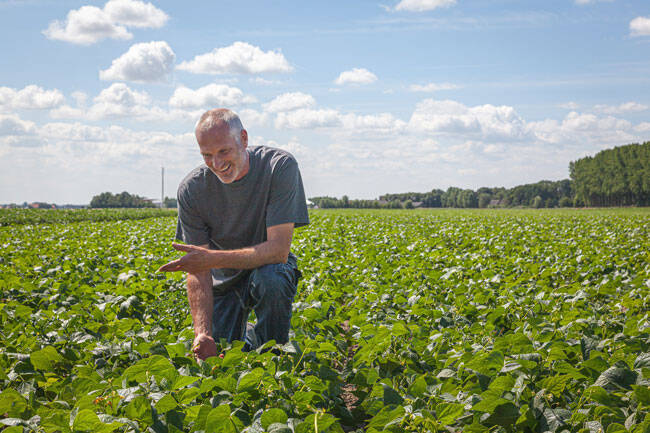

local
Capital
Knowledge
Waste management
Processing
Policy
Labour
Production
Retail
national
This approach begs the question, how we are able to define the boundaries between the various layers of the system. There are roughly two ways to define ‘local’, which sociologist Shawn Trivette calls ‘local by proximity’ and ‘local by relationship’.
Food systems
Will Valley, senior instructor at the University of British Columbia, explains that ‘local food’ can only be understood when looked at as a part of a system. The goal is to create local food systems. Food is produced, processed, distributed, consumed and wasted. All of these processes can be done multiple times by different actors, e.g. wholesale and retail. Valley visualizes this by imaging concentric circles of various sizes: the farm or household, local, regional, national and global circles. Note that in some parts of the world, local and national may overlap, depending on the size of that region. The more different processes take place within the local circle, the more local the food system is. Note that some of these processes can never be only part of the local food system, such as greenhouse gasses or water management.
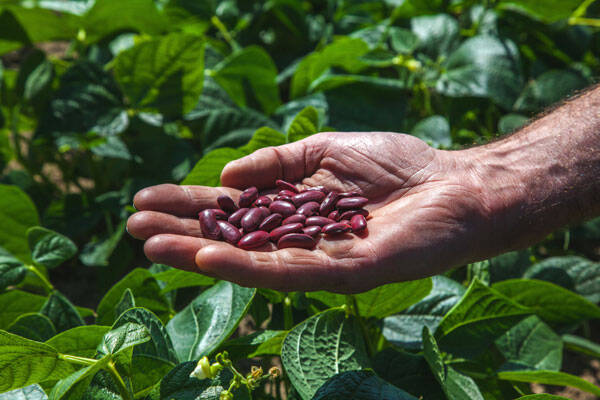
‘Local food’ is often associated with other attributes such as quality, sustainability, health and craftsmanship. Besides, it alludes to a ‘better past’, in which food was by definition pure and local. The narrative on local food is focused on restoring this past practice: relocalization. Implicit connotations however, do not help us to truly understand the meaning of ‘local food’. Therefore, it is worthwhile to explore the concept ‘local food’, not for the sake of a definition itself, but to get a better understanding of the differences between the current food system and the idealized local food system.
defining an indistinct goal
what does 'local food' even mean?
Jurgen Elenbaas Wouter Noordijk
The growing demand for local food has been an important trend in the last decade, promoted by both high end chefs and environmentalists. The recent pandemic has caused a snowball effect in the public interest in the subject. Intuitively, it makes sense and it’s easy to visualize: a vendor with straw hat on the farmers market. However, few people express what ‘local’ actually means. How could we transfer to local food when it’s not even clear what it means?
EXPERT OPINION
5 min
defining an indistinct goal
© Chantal Arnts

sources
- Future of Food Webinars, University of British Columbia Faculty of Land & Food systems
- Trivette, Shawn A, ‘How local is local? Determining the boundaries of local food in practice’, Agriculture and human values (2015)
- Feagan, Robert, ‘The place of food: mapping out the ‘local’ in local food systems’, in: Progress in human geography 2007 (31-1)
boundaries are important
Concluding, nobody has a clear and concise definition of what a local food system is. There are different, complementary ways to create the boundary between local and non-local. These qualities may also differ in extent, e.g. a proximity of 50 versus 100 miles. Furthermore, these variables differ between different contexts as well. Local means something fundamentally different in highly populated areas compared to rural areas. This does by no means mean that an analysis of the term local food is senseless. Whatever way one looks at the issue, one aspect becomes very clear: a local food system must know boundaries. This may be the core difference from the global food system, which is able to provide all consumers with all products all the time.
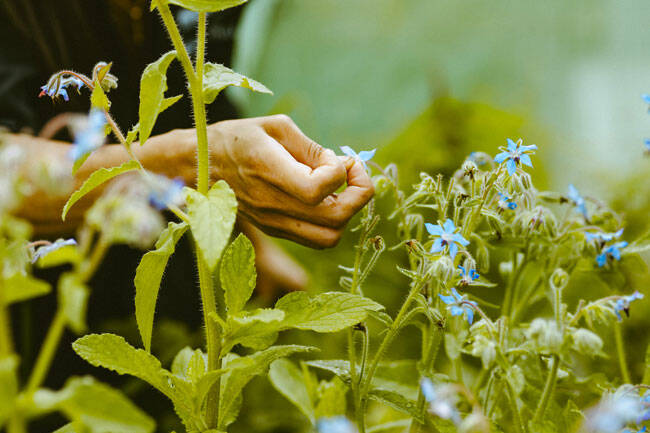
sweet spot
Sometimes both types of boundaries are seen as contradictory. A farm that sells his produce directly to farmers in a small area, are not able to have many relationships with customers. Reversely a restaurant that sources from a lot of local farmers, must source in a bigger area. Trivette did a quantitative study in New England on farms, shops and restaurants that qualify themselves as local. He measured the geographical distance between various nodes in the food system and the amount of relationships they all had. He found that there appeared to be a ‘golden spot’ in which most nodes fell: a geographical radius of around 30 miles and five relationships.
local by relationship
Local does not only mean something in a geographical way, but also in a sociological sense. Local is conflated with the terms ‘community’ and ‘place’. A down-to-earth example is a farmer practicing community supported agriculture or selling his produce directly to the consumer. Less middlemen helps consumers to feel a stronger connection with the producer of their food. Sociologist Feagan describes a more abstract way of looking at this phenomenon: consumers are looking for ‘embeddedness’, a feeling of being connected to a place. This is often a reaction to globalisation, in which nothing is embedded to a single place. As Feagan says: “As vague as a place may be, it needs boundaries. These may be flexible or diffuse, but, by definition, they must exist. A place without boundaries is not a place.”

Besides, we sell most of our products locally and try to manage our waste locally too. This means that sometimes, our costs are higher than if we’d operate on the global market. We could buy some produce on the global market, but we choose to accept the price difference. Important aspects of this choice are quality control, sustainability and transportation, which causes greenhouse gas emissions. We feel we can best control the quality of the produce when the vegetables are grown close to our processing facility. In this way we can monitor the fields ourselves and build close relationships with our growers to work on improving quality and sustainability.
At the same time, way less greenhouse gas is emitted when the crops have to be transported within smaller distance. However, it is not possible for us to source more closely to the factory. In the radius of 125 kilometers, we find various soil types that are suitable for the different crops we use. It’s also important for us to plant crops in different regions, to minimize the risk of failed crops. The range of 125 kilometers is a balance between sustainability and risk spreading.” The availability of different soil types and microclimates. This may be a good indicator of what can legitimately be called ‘local’. Economist Barbara Baarsma, brings up a caveat for this approach. In various regions in the world, for example the so-called corn belt, there is no agricultural diversity left. Farmers in these areas grow monocultures for the global market. For residents of these areas, it may be very difficult to adopt a local diet.
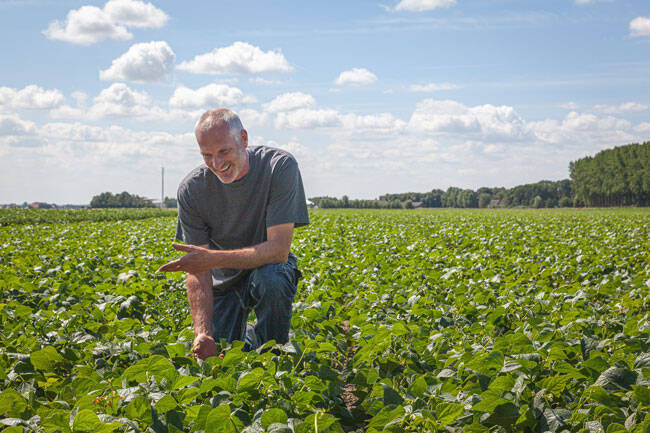
local by proximity
Geographical proximity is a fairly straightforward and absolute way of measuring locality. The most common distance between producer and consumer is 100 miles. For HAK, a Dutch producer of canned and preserved vegetables, geographic proximity is a core value of their sustainability efforts. The company aims to source a minimum 85% of their produce from a radius of 125 kilometer (about 78 miles). Nicole Freid, Director of Innovation and Marketing, explains the company’s choice: “HAK is strongly committed to our sustainability goals. We source most of our produce locally and run experiments to grow crops here that traditionally don’t grow in the Netherlands.

local
Capital
Knowledge
Waste management
Processing
Policy
Labour
Production
Retail
national
This approach begs the question, how we are able to define the boundaries between the various layers of the system. There are roughly two ways to define ‘local’, which sociologist Shawn Trivette calls ‘local by proximity’ and ‘local by relationship’.
Food systems
Will Valley, senior instructor at the University of British Columbia, explains that ‘local food’ can only be understood when looked at as a part of a system. The goal is to create local food systems. Food is produced, processed, distributed, consumed and wasted. All of these processes can be done multiple times by different actors, e.g. wholesale and retail. Valley visualizes this by imaging concentric circles of various sizes: the farm or household, local, regional, national and global circles. Note that in some parts of the world, local and national may overlap, depending on the size of that region. The more different processes take place within the local circle, the more local the food system is. Note that some of these processes can never be only part of the local food system, such as greenhouse gasses or water management.

‘Local food’ is often associated with other attributes such as quality, sustainability, health and craftsmanship. Besides, it alludes to a ‘better past’, in which food was by definition pure and local. The narrative on local food is focused on restoring this past practice: relocalization. Implicit connotations however, do not help us to truly understand the meaning of ‘local food’. Therefore, it is worthwhile to explore the concept ‘local food’, not for the sake of a definition itself, but to get a better understanding of the differences between the current food system and the idealized local food system.
defining an indistinct goal
what does 'local food' even mean?
Jurgen Elenbaas Wouter Noordijk
The growing demand for local food has been an important trend in the last decade, promoted by both high end chefs and environmentalists. The recent pandemic has caused a snowball effect in the public interest in the subject. Intuitively, it makes sense and it’s easy to visualize: a vendor with straw hat on the farmers market. However, few people express what ‘local’ actually means. How could we transfer to local food when it’s not even clear what it means?
5 min









